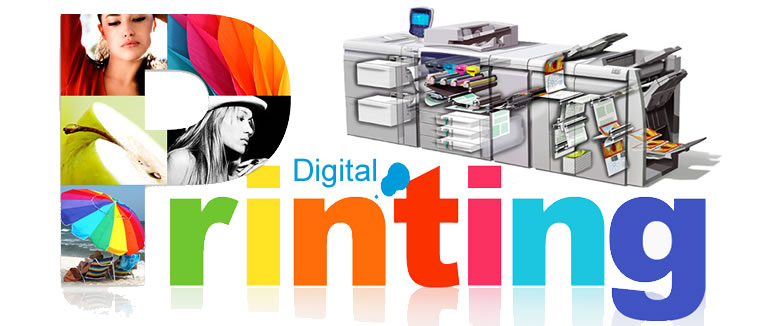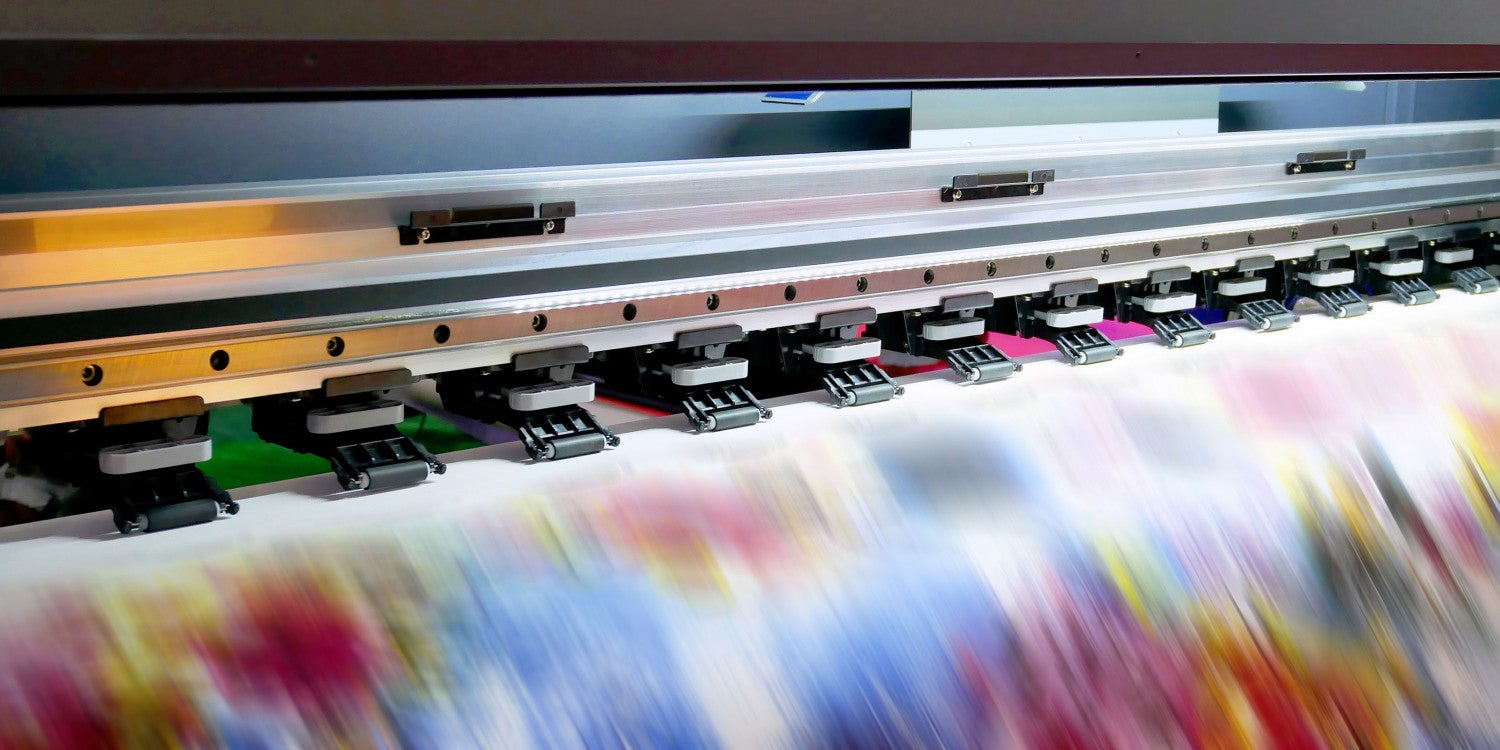Some Ideas on Digital Printing You Need To Know
Table of ContentsTop Guidelines Of Digital PrintingHow Digital Printing can Save You Time, Stress, and Money.Excitement About Digital PrintingThe Basic Principles Of Digital Printing Indicators on Digital Printing You Need To KnowFacts About Digital Printing RevealedDigital Printing Can Be Fun For AnyoneDigital Printing - Questions
Modification additionally enables organizations to stand out in a jampacked market by developing one-of-a-kind advertising materials that differentiate them from their competitors. Among the primary advantages of digital printing is the capacity to publish variable data. Each printed item can be special, enabling businesses to develop tailored advertising materials that talk straight to their target audience.Digital printing also permits for personalization in the design of advertising and marketing materials (Digital Printing). With electronic printing, businesses can develop designs that are special and tailored to their certain needs.
The Main Principles Of Digital Printing
This advantages businesses that want to check various marketing methods or release brand-new product or services. By printing smaller quantities of advertising and marketing products, businesses can reduce waste and prevent the need for excess stock. Digital printing is likewise flexible. It can publish on numerous products, consisting of paper, cardstock, plastic, and steel.
By using different materials and styles, companies can produce distinct advertising materials that stand apart from their competitors and attract attention from their target market. Digital printing additionally supplies uniformity. With standard printing techniques, there is commonly variation between prints due to distinctions in ink insurance coverage, stress, and other elements.
This consistency can help construct client count on and trustworthiness, showing that business is dedicated to giving top notch materials. Consistency is specifically crucial for companies that want to construct client trust and credibility. By making certain that every print is constant, companies can reveal that they are devoted to providing high-quality products and taking notice of the information.
Digital Printing Fundamentals Explained

Furthermore, electronic printing generates much less waste due to the fact that it can print on demand and in smaller quantities, lowering the requirement for excess supply and products. Digital printing also utilizes less power compared to standard printing approaches. Digital printers do not call for as much power to run, as they do not require to warm up as a lot or make use of as much power to run.
The smart Trick of Digital Printing That Nobody is Talking About

Countered printing requires a plate for every shade printed. Typical offset printing is a print technique that makes use of aluminum plates to transfer ink onto a rubber sheet (usually referred to as a "covering"). The photo is then rolled onto the printing surface. This printing approach is considered "offset" since the ink is not moved to the paper directly.
What Does Digital Printing Mean?
Balanced out printing allows for a vast variety of print materials to be made use of during manufacturing. The top notch pictures created with offset printing make it the favored method, specifically among official statement visuals designers, when looking for the biggest shade reproduction, information, and professional-looking prints.
For electronic inkjet printing, ink is transferred straight onto the surface area. Rather than depending on light weight aluminum plates and rubber blankets to transfer a photo, digital printing utilizes fluid ink throughout production.
Not known Facts About Digital Printing
Better color fidelity refers to both the accuracy of the colors and their balance in the style. Due to the fact that countered printing can blend custom color inks for each job, it will naturally get the colors spot-on. Works equally well on practically any type of type of material. Trustworthy, premium photo top quality. Trust countered printing for tidy, distinctive kinds and images without touches or places.
It sets you back a whole lot to start an offset job. You need to spend money into creating home plates, which requires time. Once you have actually invested it, all of the materials are all set to go, and you'll spend less on large balanced out jobs than an electronic print, which is regarding the same per item no matter just how huge the job obtains.
Each print is the same. You run the risk of less odd variants triggered by inequalities in water and ink. Digital printing is less expensive for low-volume jobs. The cost each drops for electronic printing, so at some point, they crisscross. Altering details within a single print task. For instance, say you were publishing out postcards marketing a concert.
Get This Report on Digital Printing
While electronic printing or inkjet printing is the recommended choice in today times, there are compelling reasons to convert from offset to digital printing systems. Contact Kao Collins regarding color matching and custom-made solutions. When publishing countered or electronically, essential choices and procedures are associated with shade matching. If it has a find out this here visuals overlay or includes a label, it will have colors.
Whichever the instance, the shade will need to be matched. Shade matching of electronic printer ink is no more challenging with dyes and pigments. Industrial inkjet printing offers versatility for printing on several substrates. Digital printing is optimal for customers that do not call for longer runs and warehousing materials.

One advantage of digital printing is selecting from a large range of digital substrates. With blog balanced out printing, substratums compose, generally, 30% of the expense of the task. With electronic printing, the price of the substratum in the overall job is small. This enables even more selections than ever before, and that benefits marketing professionals and organizations.
More About Digital Printing
drop-on-demand is the 2nd printing modern technology to consider. Continuous inkjet systems need significant maintenance, even more operator training, and greater downtime. Nevertheless, tools costs in inkjet printing are far less than balanced out printing as there are no plate-making, plates, and press expenses. Beyond the capital spending, the prepress tools and printing machine call for extremely experienced operators in balanced out printing, which includes labor prices.